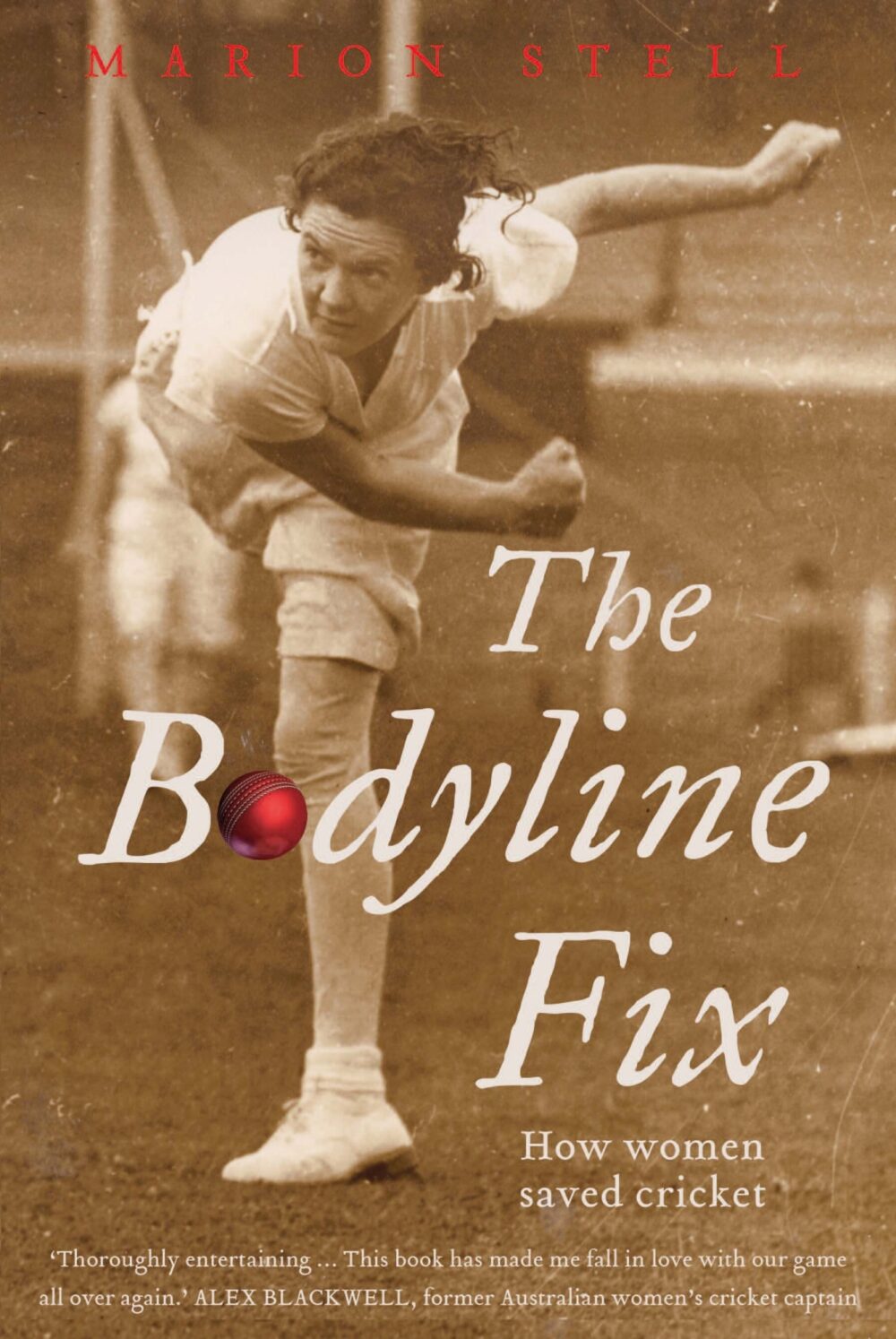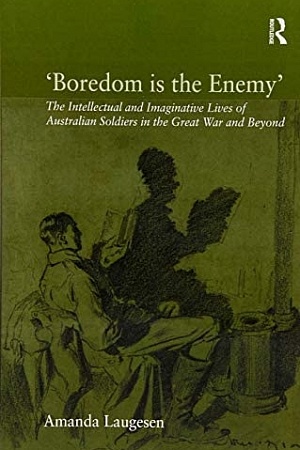The Bodyline Fix: How women saved cricket
University of Queensland Press, $34.99 pb, 304 pp
Fielding among potatoes
At the conclusion of the third women’s cricket test against England in 1935, Victorian all-rounder Nance Clements souvenired her name plate from the Melbourne Cricket Ground scoreboard. What she discovered on the reverse side of the plate, as Marion Stell recounts in The Bodyline Fix: How women saved cricket, was the name Larwood.
Harold Larwood was, of course, the English bowler who had terrorised Australian batsmen in the Bodyline series not two years before. The brutal bodyline tactic – designed to unnerve batters by firing short-pitched balls at their bodies while stacking the legside field – helped England to a series win. It also strained diplomatic relations between England and Australia.
The banner that Clements begged from the MCG scoreboard attendant – hers and Larwood’s names like two sides of the one coin – demonstrated more than frugality. According to Stell it ‘symbolise[d] the close connection between the two [test] series’.
It hardly matters that Stell’s thesis – that women cricketers ‘were tasked … with showing the world … that the old standards and judgements of “it’s just not cricket” were true and worth defending’ – is a long bow to draw and only superficially argued. For what Stell narrates here is an absolutely ripping yarn, one that requires no contrived hypothesis to justify its telling. The ‘persistence, dedication and single bloody-mindedness’ of the women whose lives Stell documents is justification enough.
Persistence and bloody-mindedness were demanded from the get-go. While a small handful of the original test team acquired their skills playing cricket at school or through university clubs, most had little access to the requisite fields and equipment. Some women made innovative use of broomsticks, tin cans, or tennis balls attached to a clothesline. Others managed to acquire a disused market garden from their local council, recruiting family and friends to help them clear a pitch. One player (Kathleen Commins) recalled ‘fielding among the potatoes that were still growing’.
Continue reading for only $10 per month. Subscribe and gain full access to Australian Book Review. Already a subscriber? Sign in. If you need assistance, feel free to contact us.












Leave a comment
If you are an ABR subscriber, you will need to sign in to post a comment.
If you have forgotten your sign in details, or if you receive an error message when trying to submit your comment, please email your comment (and the name of the article to which it relates) to ABR Comments. We will review your comment and, subject to approval, we will post it under your name.
Please note that all comments must be approved by ABR and comply with our Terms & Conditions.